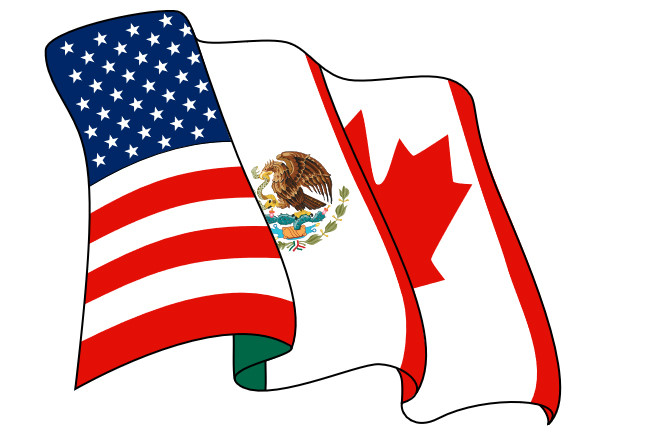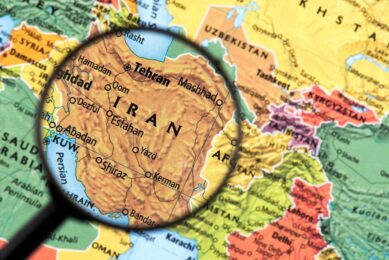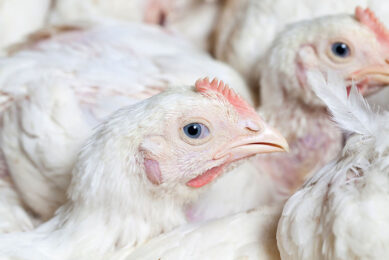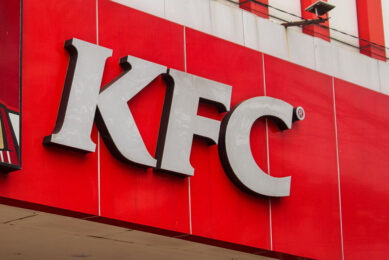US poultry groups support changes for NAFTA

A ‘bonanza for American Agriculture’; that is how a group of elite poultry organisations in the US view the North American Free Trade Agreement (NAFTA), despite having a few ideas to modernise and improve trade between North American countries.
Along with Brazil, the United States is one of the 2 leading poultry exporting nations in the world. Free trade agreements like NAFTA have been the mechanisms that have helped sustain US global leadership in poultry exports, notes the National Chicken Council (NCC), USA Poultry & Egg Export Council (USAPEEC), and the National Turkey Federation (NTF).
US poultry export markets
In a joint statement, the poultry groups said poultry exports are among the most important of all US agricultural exports. In the most recent year for which full data is available, the US exported approximately 3.7 million metric tons of chicken products, with a value of nearly $4.6 billion, to more than 100 counties with exports of turkey valued at almost $500 million. While the situation in different markets varies from year to year, over the past decade, 2 of the 5 most important poultry export markets for the US have been Mexico and Canada.
Also read: US poultry org urges passage of TPA
Before NAFTA, the United States had only limited exports to Mexico despite that country’s immediate proximity on the southern border. Although there were initial concerns on the part of the Mexican industry regarding free trade with the US, we were able to bridge that gap by beginning to open trade through an initial 78,000 MT tariff-rate quota for chicken products; and to gain duty-free access to the Mexican market for turkey. Exports to Mexico have grown ever since, and it is today by far the largest market for US poultry products. For the most recent year for which data is available, US chicken exports to Mexico were 637,888 MT at a value of $515 million; egg exports $27 million; and turkey exports were 152,404 MT at a value of $348 million. Also, Mexico is currently the largest export market for US fowl meat, with exports in the most recent year of 50,101 MT at a value of $57 million.
Market access in Canada
The United States has never obtained completely free access to the Canadian market for poultry. Initially when the United States and Canada negotiated the US Canada-Free Trade Agreement in the mid-1980’s, Canada reserved its rights, as it had under the General Agreement on Tariffs and Trade (GATT), to limit imports of certain types of poultry products, including chicken leg quarters, to protect its domestic supply control program for those products. When NAFTA came into force, the US industry believed that those limits would eventually be eliminated, but discovered subsequently that Canada would continue to impose its supply-control limitations. The US industry has been disappointed that, while virtually all other product sectors enjoy totally free trade under NAFTA, poultry remains the exception.
Nonetheless, NAFTA has also been valuable for the US industry and has helped to grow exports to Canada. While certain poultry product lines, including turkey, broilers, eggs and egg products are restricted to set import quotas (Canada currently limits certain tariff lines of exports to 7.5% of their domestic market plus whatever can be done via their re-export program), other types of poultry products – e.g., fowl meat and breeding stock — can access the Canadian market duty-free.
Canada is currently the US’s second largest market for poultry exports. In the most recent year, US chicken exports to Canada were 162,777 MT at a value of $436 million; egg exports were $46 million; and turkey exports were 5,439 MT at a value of $22 million. Canada is currently the second largest export market for U.S. fowl meat with exports in the most recent year of were 12,954 MT at a value of $42 million.
Modernisation of NAFTA
In the statement the groups said, in our view, the recent preliminary negotiations between the United States and Canada in the context of the proposed Trans-Pacific Partnership (TPP) agreement have provided indications where improvements could occur. Despite the decision of the current administration to withdraw from the TPP negotiations, the poultry industry considers the progress on poultry trade that had been envisioned in those preliminary TPP negotiations as potentially important components in modernising NAFTA.
First, Canada and the United States had reached preliminary agreement on increasing the quotas for US chicken into Canada. This would represent modest improvements in trade liberalisation, but would not represent threats to current domestic policies or create market disruptions. The US industry also believes that there should be similar increases in the market access for US turkey and turkey products.
Second, significant progress was made in the course of TPP negotiations to improve and update the Sanitary and Phytosanitary (SPS) rules applicable to free trade agreements. This important work should not be lost. The poultry industry joins its fellow agricultural industries in urging the United States, Canada and Mexico to adopt these improved SPS provision as a replacement to the SPS chapter currently in the NAFTA text.













